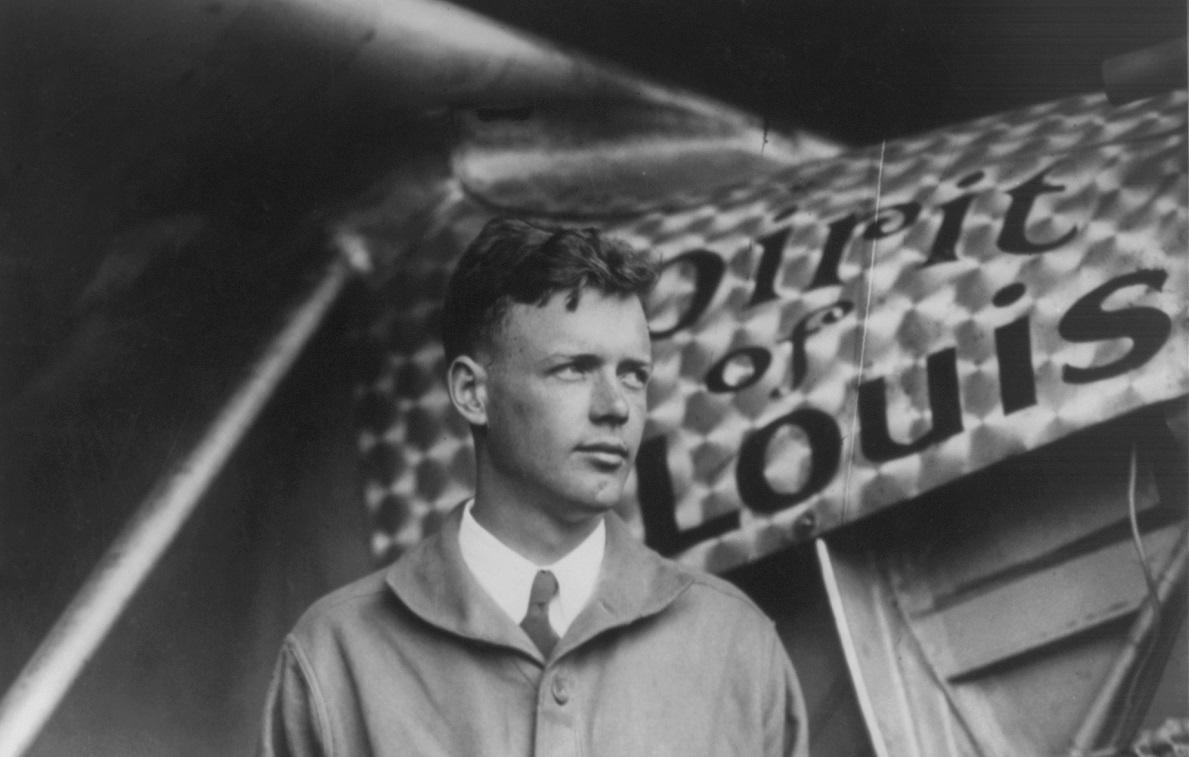
On May 21, 1927, Charles Lindbergh landed in Paris after completing the first solo, nonstop transatlantic flight, winning the $25,000 Orteig Prize and catalyzing the commercial aviation industry.
Ninety-five years later, with aviation facing a growing sustainability challenge, the Lindbergh Foundation and XPrize Foundation have come together to launch the Forever Flight Alliance with the goal of accelerating the decarbonization of aviation through incentive prizes.
The Alliance has launched May 23 at the EBACE show in Geneva with the backing of The Prince Albert II of Monaco Foundation and the National Business Aviation Association (NBAA). The Alliance plans to use the approaching 100th anniversary of Lindbergh’s groundbreaking transatlantic flight as a call to action to make aviation permanently sustainable.
“The grand challenge of our time in aviation is carbon emissions and global warning,” said Erik Lindbergh, grandson of Charles Lindbergh. “And if we don’t address it in every possible way, aviation will be moot. We need to take every solution we can and move it forward for our children, because they deserve the freedom that we get today from aviation. Aviation changed humanity and we don’t want to let that go.”
The Forever Flight Alliance plans to first establish a global brain trust. “I would characterize it as speed dating for radical solutionists,” said Gregg Maryniak, Lindbergh Foundation vice chairman and XPrize co-founder and board member. “We want to get people who are interested in solutions and have maybe parts of solutions or even just clear definitions of what needs to get solved and bring them together and get some high-level silo-busting going.”
Planned to be in place in the third quarter of 2022, the brain trust will map out pathways to net-zero aviation that could be accelerated by incentive prizes. “We will look for near-term, low-hanging-fruit opportunities across disciplines,” said Maryniak. “While we're doing that, we will be methodically seeking out the future bottlenecks which need innovation applied to them. And some of those problems may be fairly long term. Out of that second group, we will look for things that are prizes.”
“We need to raise about $3 million over the next three years to administer the building of the brain trust and the discovery of these prizes,” Lindbergh said. In total, the Alliance is looking for about a dozen sponsors to raise that initial money.
Incentive prizes have played a pivotal role in the development aerospace with scores of awards, often offered by newspapers, significantly advancing European air transport in the first years of aviation. New York hotel owner Richard Orteig offered a reward for the first nonstop transatlantic flight in May 1919—Lindbergh claiming the prize eight years later, sparking dramatic growth in air transport.
The most famous recent challenge was the $10 million Ansari XPrize for reusable suborbital human spaceflight, won in October 2004 by Burt Rutan and Paul Allen with SpaceShipOne. Competitions now under way include the $100 million Carbon Removal XPrize sponsored by Elon Musk.
Not all problems lend themselves to prizes and the Forever Flight Alliance plans to identify “what are the big sticking points where we need to do transformative things” to enable the decarbonization of aviation, said Maryniak. “We’re at the beginning of that process now.”
The Lindbergh Foundation was founded in 1977 by Jimmy Doolittle, Neil Armstrong and other friends of Charles and Anne Morrow Lindbergh with the mission of balancing technology with the environment. By the 100th anniversary of the Lindbergh transatlantic crossing in 2027, the Alliance plans to have aviation decarbonization incentive prizes identified and under way, if perhaps not won.





